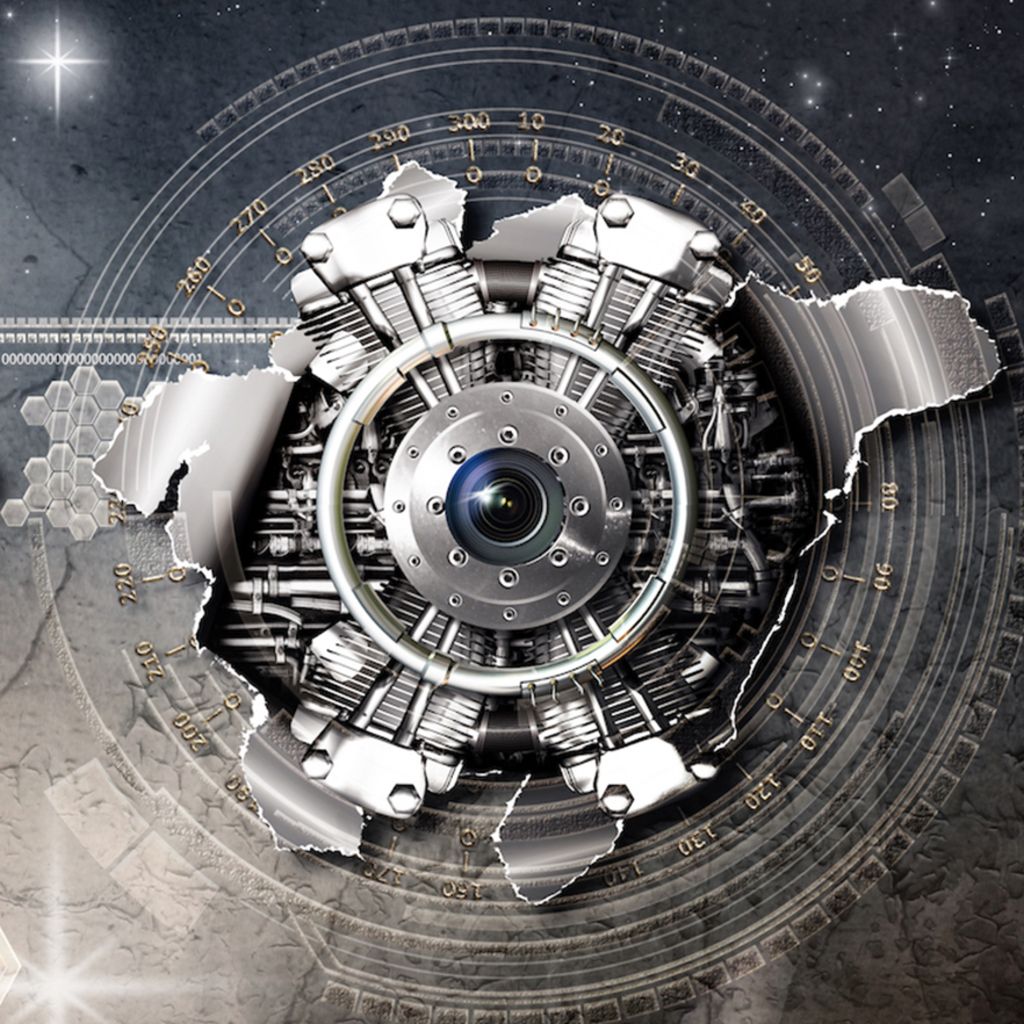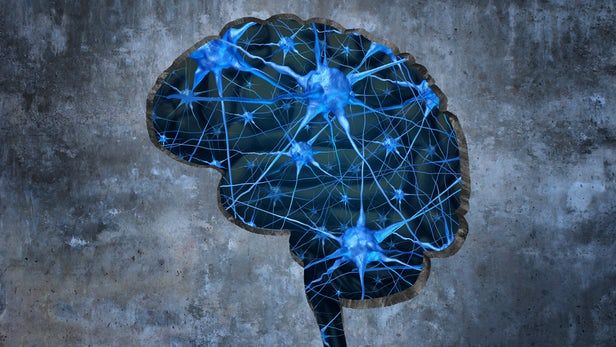Here are 4 crazy exoplanets you’ve never heard of.
Get the latest international news and world events from around the world.

A Chance Encounter in a Graveyard – Part 2
This is the second part of a short fictional story about a man realizing for the first time that he has a deep desire to avoid aging and death. We published the first part of the story last Friday, and you can read it here.
I feel ashamed admitting to this, but I proceeded with wariness all the way to my door. That late at night, I didn’t meet anyone in the hallways or in the elevator. At first, I didn’t even want to take the elevator, as I was afraid that the girl might suddenly appear before me when the doors opened as I got in or out; however, for some reason, the idea of taking the stairs felt even worse, nearly terrifying. After hesitating some, I chose to take the elevator. Once I reached my door, I inserted the key in the lock, and after a moment of hesitation, I began turning it. At each turn, which echoed sinisterly in the hallway, I stopped as if to check that the sound didn’t attract the attention of God knows what supernatural creatures lurking in the dark. Absolutely nothing looked different than usual, yet I felt like a character in a horror movie.
I opened a crack between the door and the frame, stuck a hand in, and frantically searched for the light switch on the wall. “Finally home,” I said in an annoyed and embarrassingly loud and shaky voice to no one in particular, while still searching for the switch with no success. Once I found it, I flicked it, and as soon as the light went on, I pulled the door wide open, ran in, and finally slammed the door shut behind me.
Why Haven’t We Found Aliens Yet?
Many people believe we aren’t the only intelligent forms of life in the Universe. So why haven’t we found any yet?
From pine cones to an adaptive shading system
An adjustable shading system that adapts itself independently over the course of the day, without sensors or motors and largely maintenance-free? It really is possible: an ETH doctoral student at the Institute for Building Materials has developed an alternative to motor-driven sunshades.
It gets hot in the city in summer, and buildings in direct sunlight get particularly warm. At night, it can then be difficult to get rid of that accumulated heat. These days, many people dream of efficient air conditioning. Chiara Vailati had a different dream: after completing her studies in Italy, the civil engineer pursued the idea of creating an adjustable and autonomous sunshade for houses, to reduce the amount of heat that enters a building and therefore the need for cooling. She had high requirements: “I wanted the system to be made of environmentally friendly materials, use very little energy and have low installation and maintenance costs,” remembers Vailati.
Vailati has since been able to realise her idea: during her doctoral project with Professor Ingo Burgert at ETH Zurich’s Institute for Building Materials, she designed an innovative shading system. Anyone who is now picturing a fully automatic high-tech shading with sensors, actuators and complex controls is a long way off the mark. Vailati’s prototype may be high-tech, but it is still refreshingly modest. The system uses shade-producing wooden planks and requires no sensors or motors – or even electricity. However, it does still change to suit to the weather conditions: the planks move autonomously. Multiple pairs of planks aligned in parallel create a kind of roof that opens and closes itself. The construction can be placed, for example, horizontally over a window on a building’s façade.
Kelsey Moody — Antibody Mimetic for Parkinson’s Disease | LEAF
Kelsey Moody, CEO of Ichor Therapeutics, discusses the creation of a gut-stable antibody mimetic for Parkinson’s disease and announces 10 million dollars in investment from Juvenescence into Ichor portfolio company Antoxerene Inc. at the Ending Age-Related Diseases conference in NYC.
More at: https://www.leafscience.org/ending-age-related-diseases-2018/


Global study shows environmentally friendly farming can increase productivity
A major new study involving researchers from the University of York has measured a global shift towards more sustainable agricultural systems that provide environmental improvements at the same time as increases in food production.
The study shows that the sustainable intensification of agriculture, a term that was once considered paradoxical, delivers considerable benefits to both farmers and the environment.
The study, published in the leading journal Nature Sustainability, involved researchers from 17 universities and research institutes in the UK, USA, Sweden, Ethiopia and New Zealand.
The plastic waste crisis is an opportunity for the U.S. to get serious about recycling at home
A global plastic waste crisis is building, with major implications for health and the environment. Under its so-called “National Sword” policy, China has sharply reduced imports of foreign scrap materials. As a result, piles of plastic waste are building up in ports and recycling facilities across the United States.
In response, support is growing nationally and worldwide for banning or restricting single-use consumer plastics, such as straws and grocery bags. These efforts are also spurred by chilling findings about how micro-plastics travel through oceans and waterways and up the food chain.
I have studied global trade in hazardous wastes for many years and am currently completing a book on the global politics of waste. In my view, today’s unprecedented level of public concern is an opportunity to innovate. There is growing interest in improving plastic recycling in the United States. This means getting consumers to clean and sort recyclables, investing in better technologies for sorting and reusing waste plastics, and creating incentives for producers to buy and use recycled plastic.

